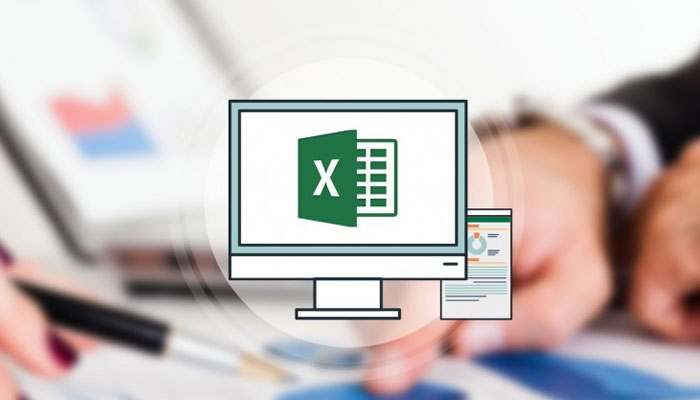
Sep 01, 2014
Recently, one of the students in a Microsoft Word training course asked me whether it was a good idea to use the existing Heading styles (Heading 1, Heading 2 Heading 3, etc.) or to make your own styles. I replied that using the Heading styles in Word was an easier option and had several useful advantages. Here is a brief introduction to styles and some details on the advantages to using Heading styles. What is a style? A style is a pre-set set of formatting, both character formatting and paragraph formatting. So for example, a style could be Calibri, 11 pt, bold, colour blue, and centre aligned. To apply a style, select the text or paragraphs you want to apply and then choose the style you want from the Styles group in the Home tab.







4. Quickly navigate to a Heading There are two ways to do this. The first is using the Navigation Pane, which you can turn on by going to the View tab and clicking on the Navigation Pane button. Then when you click on the Heading, Word jumps you to that part of the document.



How do your Excel skills stack up?
Test NowNext up:
- Voice Resiliency Features of Lync Server 2013
- The Silver Rule of Negotiation
- Create an advanced filter in Excel
- Passwords and alternative credentials in PowerShell
- I Know!
- Cloud computing with Microsoft Azure
- Why you need to know about the Show/Hide button ¶
- Connecting people in SharePoint 2013
- How to import a Microsoft Access resources list into Microsoft Project file
- Use conditional formatting to create a Gantt Chart
Previously
- Setting up your first Office 365 Tenant account
- 5 steps to create a custom field in Microsoft Project
- Communication Across Generations - Quiz
- Why would I or my company want to use SCCM?
- Using background pages in Visio 2010 & 2013
- Xbox, oh Xbox, give me media!
- Dress up and present your data with Power View
- Never, ever let individual power bring your team down
- The basics of cloud computing
- How to create a simple Waterfall chart in Excel












